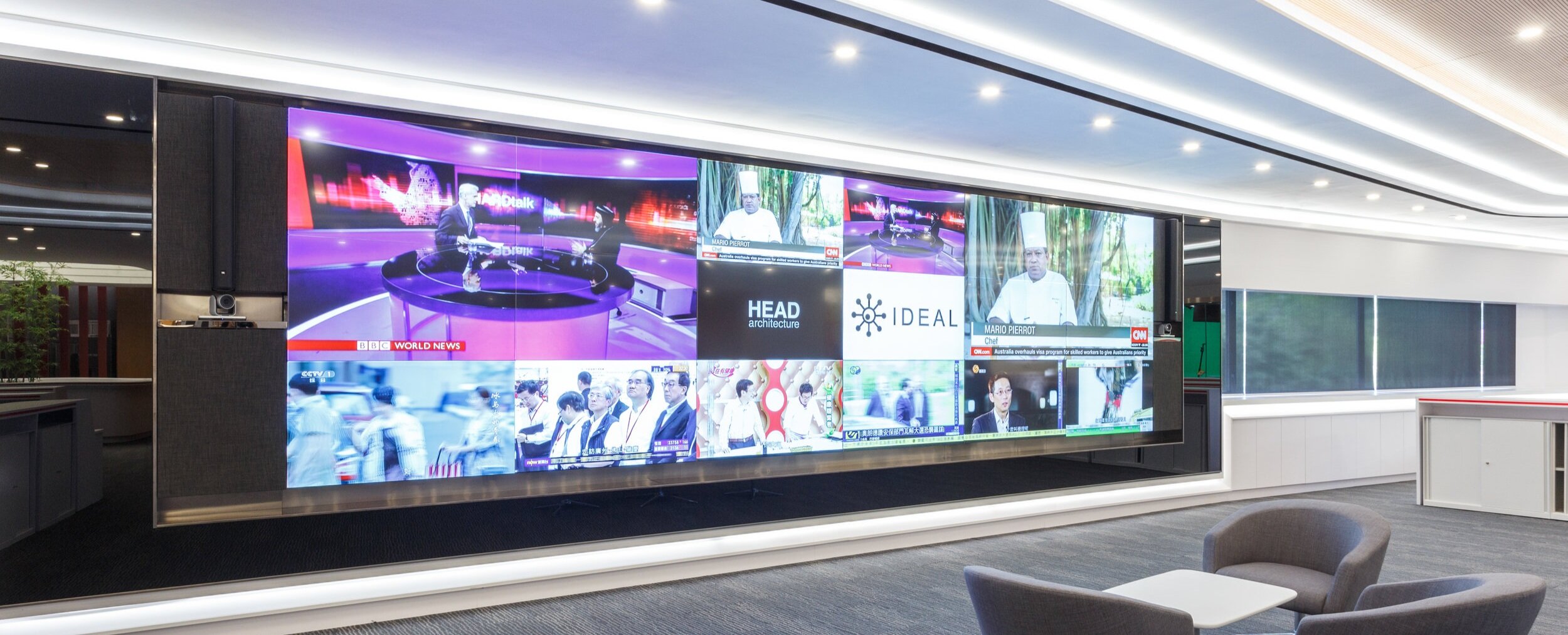Clarifying Light Emitting Diode Display Panel Illumination Measurements to Peak Display Functionality
LED wall panels are more and more popular in various environments, including homes to commercial spaces and public areas. Such panels are known for their bright and vibrant visuals, which render these suitable to conveying information, advertisements, and entertainment. Nevertheless, comprehending brightness illumination levels of LED wall screens remains crucial to ensuring optimal display performance. Illumination can be measured using metrics called nits, which show how much light produced by a screen. A greater number of number of nits, the brighter the display will be. For instance, instance, a screen with one thousand nits is considerably more vivid compared to one featuring five hundred nits, making it better equipped in brightly lit settings.

When choosing an Light Emitting Diode wall panel, one becomes important in consider the setting in that the screen will be used. For brightly lit spaces, such as shopping malls or outdoor locations, higher higher brightness level is necessary to ensure visibility. Conversely, within dimmer settings, like cinemas and meeting spaces, lower diminished illumination rate might be adequate. This is because is because unnecessary luminosity in a dark environment can lead to discomfort for viewers, making it harder to focus on a screen. Thus, understanding the specific needs for an setup site can help in choosing the right brightness level for optimal viewing experience.
Another important factor for look at this website take into account the the differential ratio in an Light Emitting Diode panel screen. The contrast ratio indicates how much disparity exists between the brightest most luminous light versus the darkest black shade that the panel can produce. A higher contrast proportion means that the display can show more clarity as well as richness, thereby improves general visual clarity. For instance, a screen boasting an contrast ratio of 10,000:1 is able to show visuals featuring more vivid colors and crisper details compared to one with a ratio at 1,000:1. Such is particularly important when showing visuals and videos which demand greater definition as well as detail, such as presentations and advertising material.
Additionally, the technology behind Light Emitting Diode panel screens plays a essential role in the illumination and overall efficiency. Various kinds of LED technologies, including Organic Light Emitting Diode and LCD, have unique traits which impact how brightness is perceived. Organic Light Emitting Diode screens typically offer better differential as well as darker blacks, which can improve a visual experience within dim settings. On the other hand, traditional Light Emitting Diode screens may be better in bright environments due to their ability to produce higher amounts in brightness. Understanding such tech-related differences can help consumers in deciding on knowledgeable choices based on specific individual needs.
Finally, consistent care and adjustment of Light Emitting Diode panel panels can assist preserve optimal brightness as well as efficacy long-term. Dust and particles can accumulate in a screen, affecting the illumination and sharpness of the visual. Periodic led screen for trade shows cleaning as well as professional calibration may guarantee that panel screen functions at top optimal, providing uniform image quality. Moreover, certain advanced Light Emitting Diode wall screens feature with integrated options that enable users for adjust brightness settings and hue settings according to individual preferences. By taking such measures, users will ensure the their LED panel panels provide an best display efficiency, no matter the setting where which these are used.